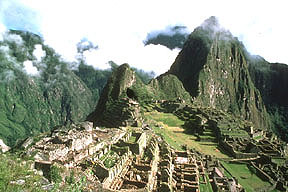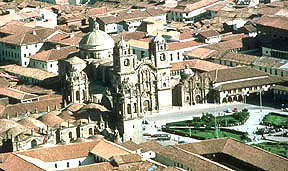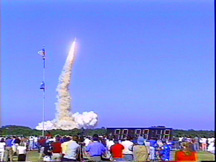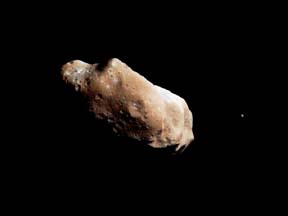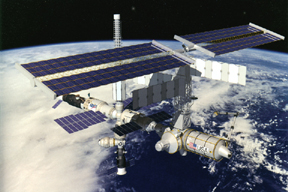Click on image for full size
Courtesy of Corel Photography
President of Peru Visits Ancient Incan Sites
News story originally written on August 1, 2001
Peru's new president, Alejandro Toledo, was sworn in on July 28, 2001. The next day he took part in traditional ceremonies asking for the blessing of the Incan gods. Toledo is himself one of 16 children of an Andean Indian shepherd. Toledo is deeply concerned for the indigenous population of Peru, which has been largely overlooked by past government leaders (Toledo is in fact the first indigenous Peruvian to serve as president!). The new president has promised to fight poverty in Peru, create 1 million jobs, double teachers' salaries in five years and cut taxes. He has a large job ahead of him.
He started out his career as president asking for blessings in order to do that job. The traditional ceremonies took place at the Andean ruins of Machu Picchu and Cuzco. During one ceremony, villagers played conch shells, and a religious leader called on the gods to help Toledo fulfill his campaign promises to help the people of Peru.
Machu Picchu is located between two tall mountain peaks. The city had many levels and stands as a good example of how well the Incas utilized their surroundings. Even though many centuries have passed (and many earthquakes and other disasters have occurred!) since Machu Picchu was built, many of the stones still stand in their original location. The Incas were skilled builders! The ruins consist of remains of staircases, temples, terraces, palaces, towers, and fountains. Machu Picchu was rediscovered by Hiram Bingham, a U.S. explorer, in 1911.
Astronomical practices flourished in ancient Inca civilization. Inside the Intihuatana Shrine at Machu Picchu, there is a natural granite rock which is thought to have been used for astronomical observations. Much of Incan life was linked to the movement of the stars, especially the Sun.
Ancient Cuzco was also closely linked to the Sun. In fact, at the center of the ancient Cuzco, there was a Temple of the Sun called Coricancha. It is thought that Coricancha served as an observatory for solstices, equinoxes, eclipses and other important time markers. Religious rituals and daily life (such as in the planting of crops) were based on these time markers. From Coricancha emanated 42 sacred lines or ceques. Along these ceques, there were shrines or huacas that were important to the Incas. These huacas could be anything from canals to fountains to stone markers.
National Public Radio (NPR) covered Alejandro Toledo's first week as president in detail. Please see their site below for more information.


